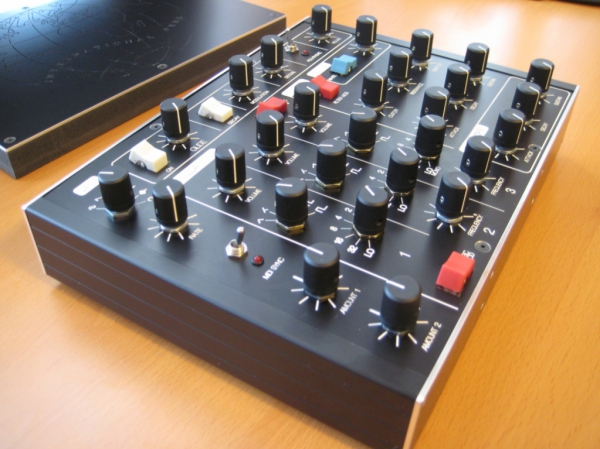
The PMM
29th March 2012, in Highlights, News/Blog ( Comments)
The PMM was built for Mark B, Producer/Owner of International Feel Recordings. A massive gallery is below.
The controller is built specifically for version 2.0 of Arturia’s Minimoog V Virtual Instrument, which is in turn inspired from the original Minimoog. If you’re not familiar with Virtual Instruments, I’m sure this all feels quite “meta,” but it’s pretty common in music technology.
Mark B makes his living off music. He uses that particular Virtual Instrument extensively. He has very specific travel and MIDI control needs. In other words, his needs are a perfect fit for a custom controller. The PMM isn’t a luxury novelty to him. It’s a tool in his toolbox — one that took weeks of collaboration to conceptualize and design.
A bunch of anecdotes from the build are below. Scroll down further for tech details and pictures:
- International Feel Recordings is a damned fine label. I’ll describe it without getting into genre specifics (which thankfully, they defy). They make the kind of music that makes you feel you’re peeking into a world of people and places that are much cooler than you’ll ever be.
- Mark B found me without the benefit of my existing Rolodex in the music technology world. He discovered 60 Works thanks to Synthtopia’s posting of the Hale Micro Build Video. This is heartening. It means the business can attract clients on its own, instead of depending on the good graces of friends & colleagues.
- PMM stands for “Portable Memorymoog,” a cute joke about the MIDI & Polyphony functionality on that particular synth. I’m going to keep calling it the PMM to protect myself from the ire of the Moog folk. (Not that they’re particularly litigious. I just respect them too much to Bogart their name out of the blue.)
- Even though the end result of these projects is a box with buttons and knobs, the entire experience has much in common with contract graphic design or architecture work (as opposed to a factory or retail fulfillment experience). There were moments of great frustration and wonderful elation. A number of lovely concepts were canned or re-configured for the greater good. There were moments where we IM’ed so often that I jokingly referred to Mark B as my Temporary Work Wife.
A bit more on the controller:
- The lid is an exact “negative” of the knobs and buttons that stick out the top. It is kept in place by high-strength magnets at its base, and by additional magnets hidden under the panel of the controller.
- It’s smaller than it looks. The entire controller could fit on a Letter (or A4) piece of paper.
- It’s two UMC-32+Ms, chained together. It’s possible to fit all the I/O into a single UMC, but there were some specific MIDI CC requirements that forced a second board.
- There are indicator LEDs on two of the switches. They illuminate to match the behavior of the Virtual Instrument, but they’re NOT controlled by MIDI. They’re simply powered based on their position, then the position was rotated to match the user interface on the Virtual Instrument.
- (Getting pretty technical for a moment.) We managed a nifty trick with the Rate and Waveform selectors. The underlying component isn’t a rotary potentiometer, it’s a 6-position rotary switch. Instead of connecting each switch to a digital input, I wired a resistor “ladder” between the switches and hooked the entire unit up to an analog input. The result was a rotary switch that would “jump” to specific CC values based on its position. This significantly reduced the number of required inputs, and allowed for control of the Virtual Instrument without any sort of MIDI translation software.
- Confused at that last one? Here’s the bottom line: the Waveform and Rate selectors behave like they would in a synth (clicky knobs that stop directly at the indicators), instead of like in a MIDI controller (smooth knobs where you don’t know exactly where you are).
Mark B and I may end up selling these. Please contact me if you have any interest in buying one.

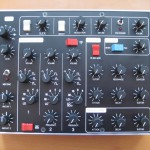
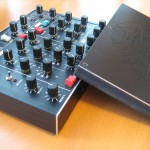
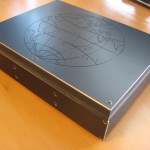
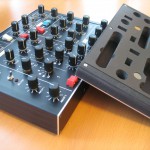
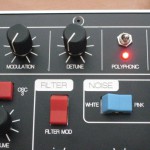
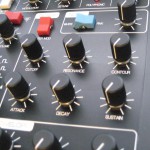

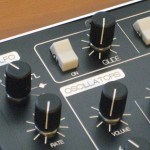
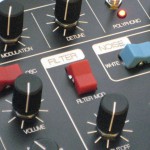
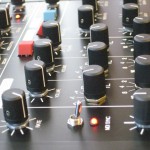

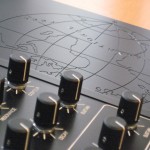
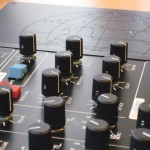
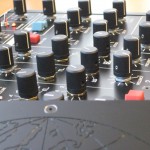


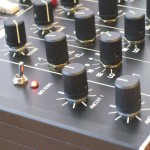
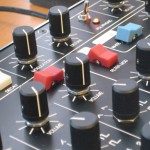
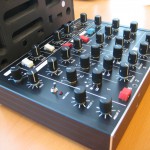
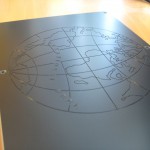


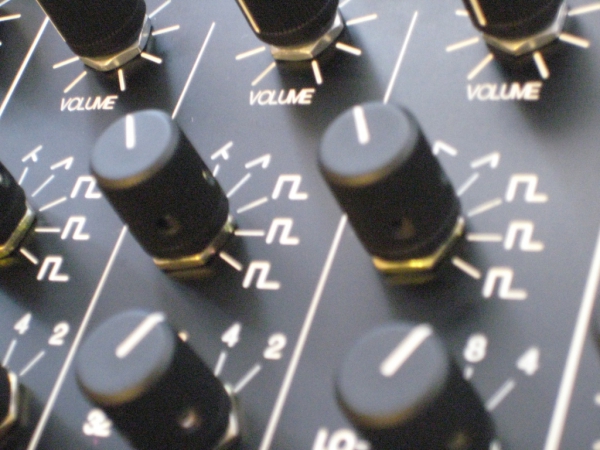

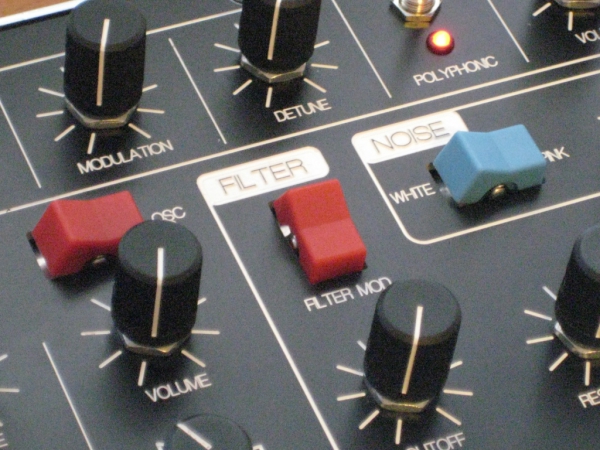




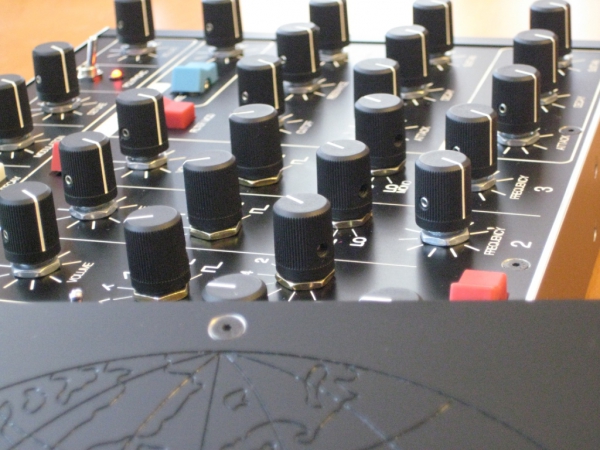
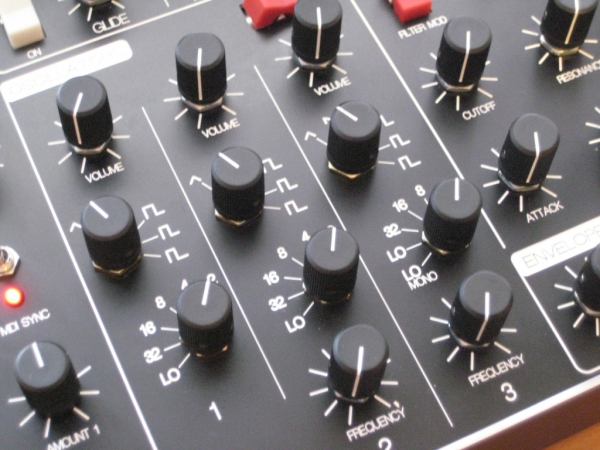
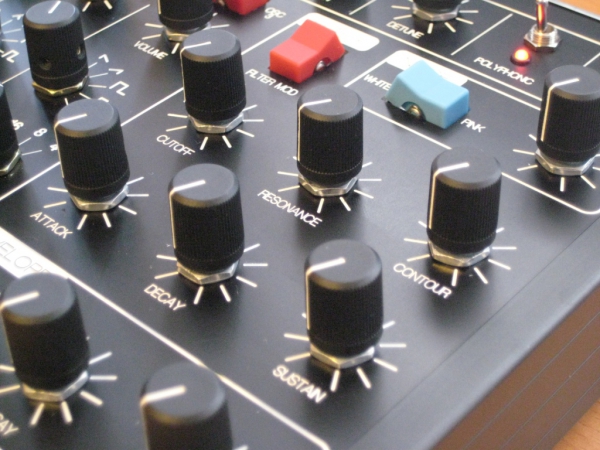
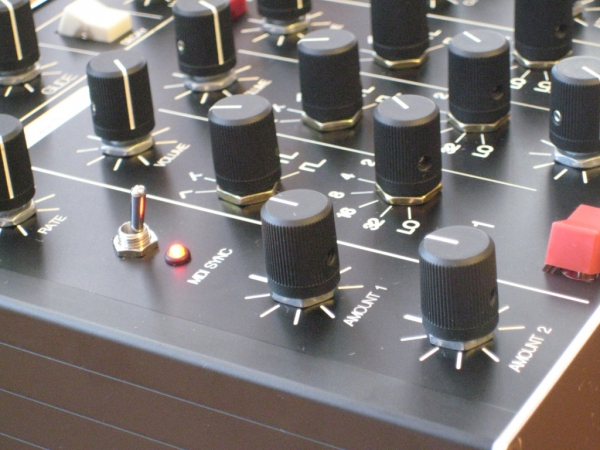



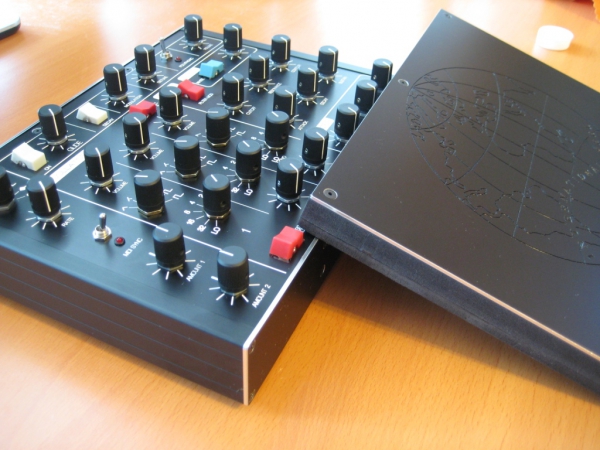


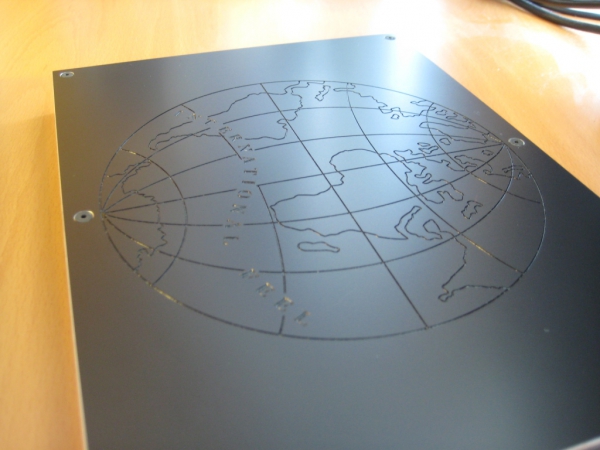
10 Comments
March 31, 2012 1:28 am
Ed (@Twitter ID)
Good idea,
May 15, 2012 1:13 pm
PMM – Open Sourced | 60 Works
[...] I’m outright copying Moldover’s idea of open-sourcing a controller design. This one is for the PMM. [...]
July 13, 2012 11:34 am
Nolan (@ )
I’m very curious about how firmly the magnets hold the lid in place during travel? Is it easy to jiggle the lid once placed, or is it held firmly? It’s a great idea, by the way, particularly if it stays in place as anticipated.
July 13 2012 13:46 pm
Dave Cross @60works
Thanks for commenting Nolan.
The client and I tested this over Skype. I remember it well, because I wasn't sure what was going to happen.
In front of the webcam, I took the finished controller, and held it by the lid. Then I lifted it up, and it "carried" the bottom of the controller with it.
I also did a bit of jiggling, but that isn't too much of an issue, as the "negative" clearances are relatively tight. In addition, there's an adhesive rubber/foam layer at the bottom to add more tension.
I'll be contacting the client in a few months for a 6 month check-in to see if anything needs servicing. I'll comment here again if the magnet ended up being an issue.
August 15, 2012 12:49 pm
Paul Holland
Congrats on a beautiful controller!
If Traktor had post fade fx when in internal mixing mode I’d be making my moves to become your new work wife. Sadly my dream of a 60works 2channel Traktor battle mixer will have to wait
August 15 2012 21:45 pm
Dave Cross @60works
Hmmmmm, are you on a Mac? Have you seen this software?:
http://cycling74.com/products/soundflower/
See where I'm going? You could run Traktor in _external_ mode and leave the faders up. Then, route the audio to another app and do your mixing there.
Isn't perfect, but at least you'd get post-fade FX inside the box.
July 12, 2013 6:26 am
Thierry (@@sinfm)
This would be amazing to control NI’s Monark monosynth, the mini moog clone.
May 21, 2014 7:00 pm
kirkwood west (@Twitter ID)
i’m really interested in your enclosure. This is my favorite part of the controller. Could you provide some insights to how it was done?
May 22 2014 09:47 am
Dave Cross
Hiya, I put all the details on this site: http://blog.60works.com/pmm. The enclosure parts are spawned from Front Panel Express Side Profiles.
February 20, 2015 1:00 am
James
I’m thinking about making a controller for the Arturia module V. how many of these controller boards can you string together and how many knobs can you theoretically get working?